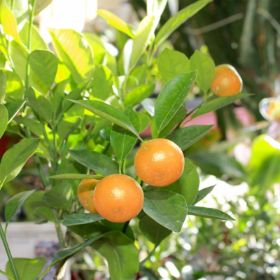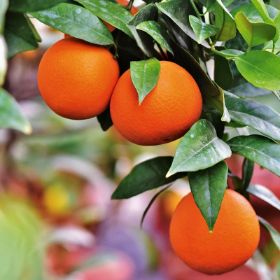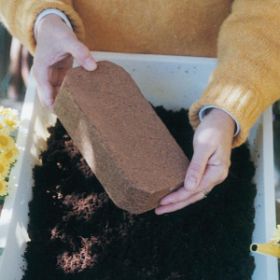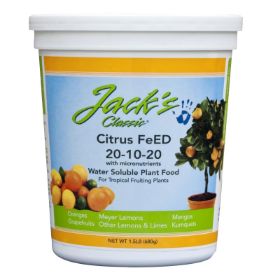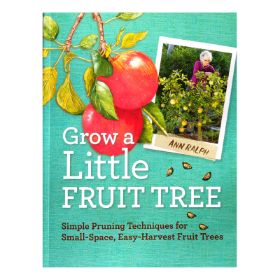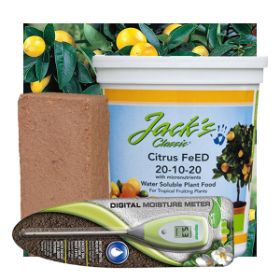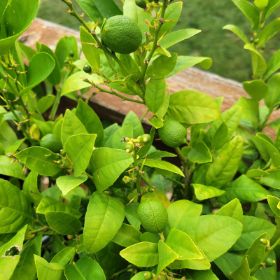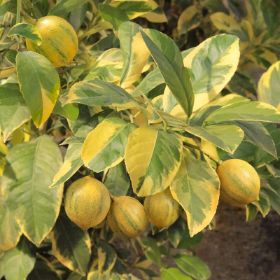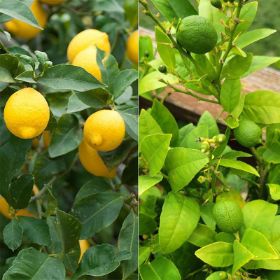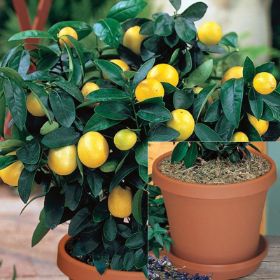Navel Orange Tree
Description
About Navel Orange Trees
Navel Oranges are some of the most popular oranges for eating fresh and are readily found in grocery stores. They have a delicious, sweet taste; they are seedless; and they are easy to peel.
The Navel Orange is a sweet orange as opposed to a bitter orange. It is sometimes known as a Washington Navel or Bahia Orange; its scientific classification is citrus sinensis ‘bahia.’
This citrus fruit originated in Bahia, Brazil. It was sent to the U.S. Department of Agriculture in Washington DC from Brazil in 1873. The USDA later sent it to Eliza Tibbets in Riverside, California, who popularized the variety throughout the country. The ‘navel’ portion of its name comes from the belly button-like appearance on the side of the orange that is opposite the stem.
This is the perfect plant to accent your patio or sunroom—with the bonus of amazing oranges! Enjoy attractive green leaves, beautiful white blossoms, and orange-scented flowers. Navel oranges are bright orange. Potted orange trees should be brought indoors during winter months.
The Fruit
Navel Oranges are naturally sweet, firm, and less juicy other varieties, making them excellent oranges to eat fresh. They are a good source of fiber and contain vitamin C, folate (vitamin B9), thiamine (vitamin B1), potassium, and antioxidants.
Enjoy Navel Oranges in a variety of ways! Squeeze fresh to make orange juice. Grate the peel to add orange flavor into cookies, cakes, and muffins. Add slices to salads and incorporate into glazes for roasted meats, like duck á l’Orange.
Growing Navel Oranges
Navel Orange trees need full sun. Grown in the ground, these citrus trees can reach eight to twelve feet tall. Pruning can keep the tree smaller, if desired. In a garden pot, the tree’s height will be reduced by the size of the pot. Potted trees should be brought indoors for the winter in cooler climates.
This is a self-pollinating fruit tree variety, so outdoor trees will produce fruit by natural means. Indoor trees can be pollinated by hand using a small paintbrush.
This tree does not require a lot of attention and is easier to grow than many other orange varieties. This low-maintenance citrus tree will adapt to a wide range of soil conditions and even tolerate a light frost. It should begin to produce fruit in one to two years.
Navel Oranges are popular for good reason, with their sweetness, lack of seeds, and ease of peeling. Buy a Navel Orange tree and enjoy this wonderful citrus fruit and the loveliness of the plant and its blossoms.
Characteristics
| Bloom Color | White |
| Fruit Color | Orange |
| Fruit Size | Medium - Large |
| Hardiness Zone Range | 2 - 11, Outdoor Planting: 8 - 11 |
| Pollination | Self-Pollinating |
| Shade/Sun | Full Sun |
| Soil Composition | Loamy |
| Soil Moisture | Well Drained - Average Moistness |
| Soil pH Level | 6.0 - 7.5 |
| Taste | Sweet |
| Texture | Easy-peel Skin; Juicy |
| Years to Bear | 1 - 2 |
Zone Compatibility
Pollination
This variety is self pollinating.
Tools & Supplies
Planting & Care
Learn all about how to grow citrus trees in The Growing Guide. An entire section of our website dedicated to your growing success.





